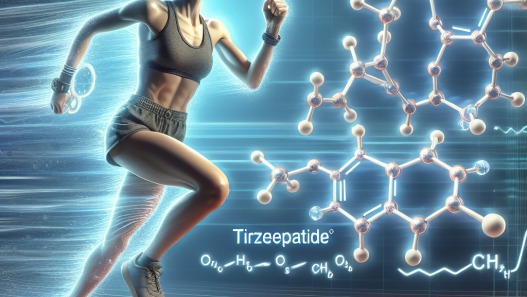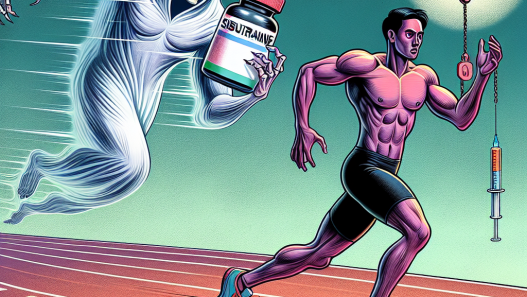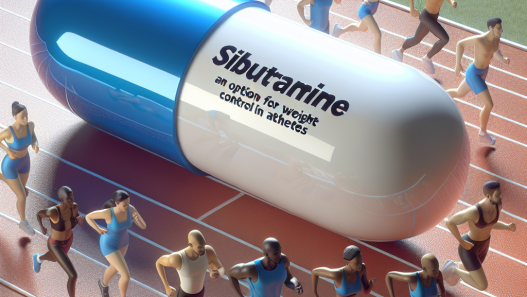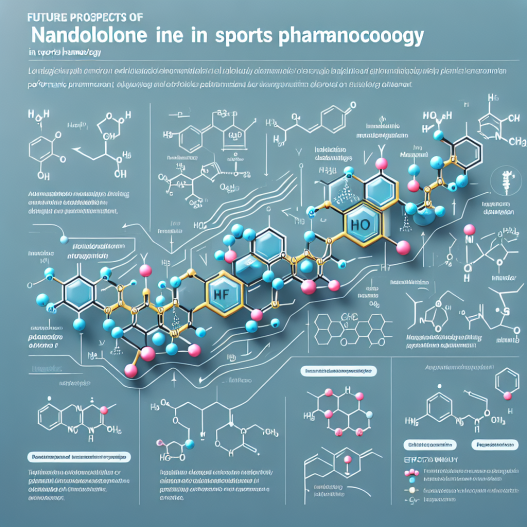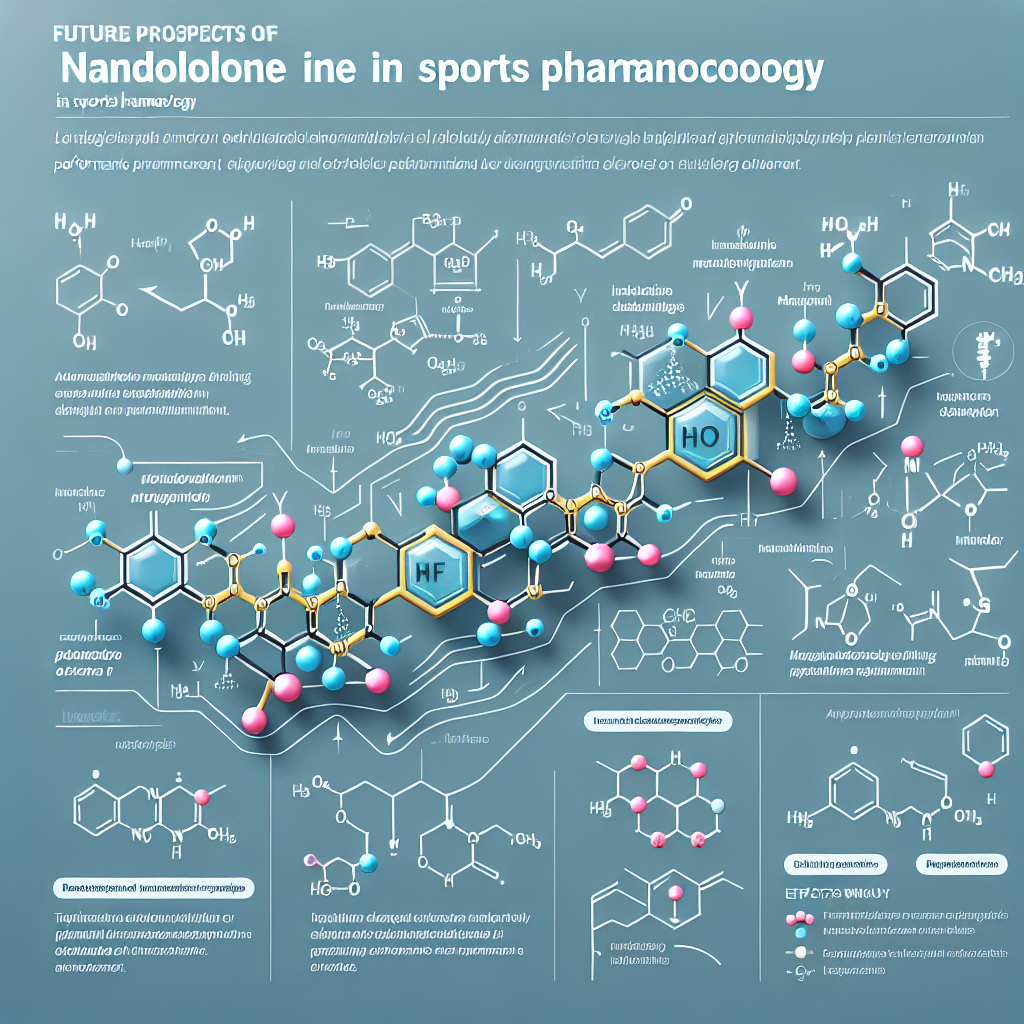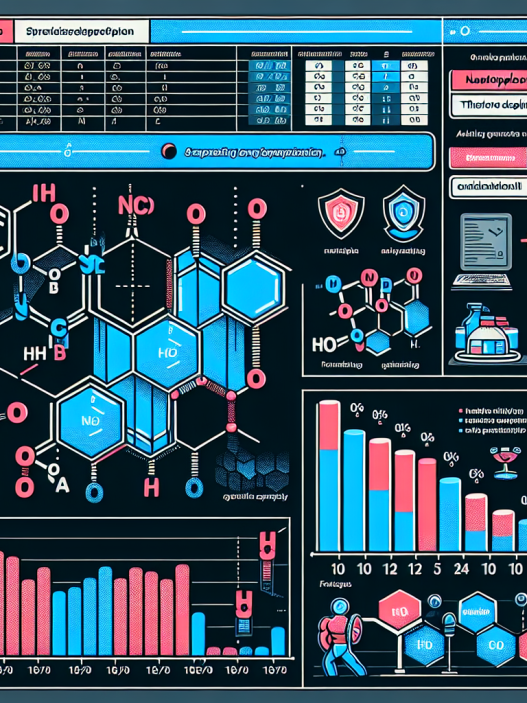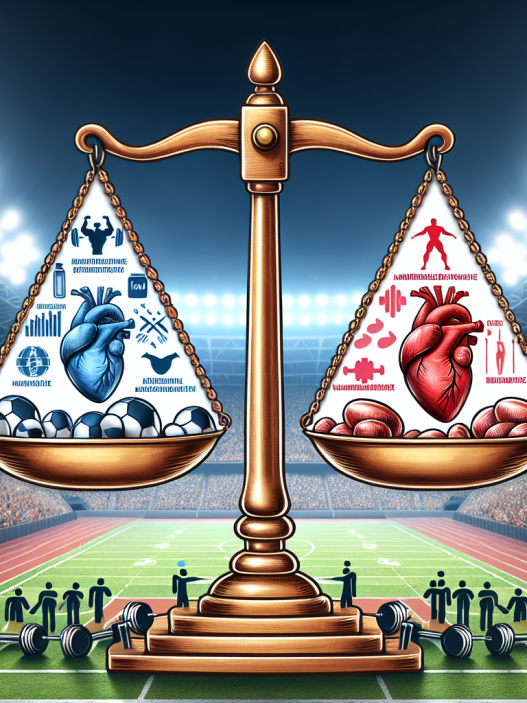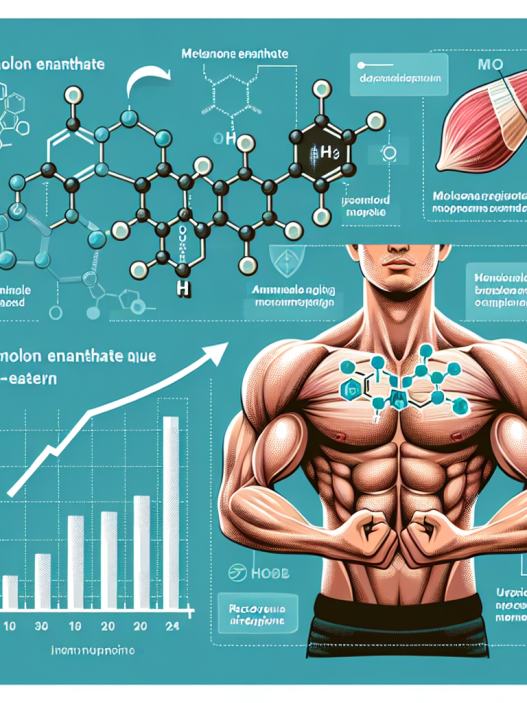-
Table of Contents
Nandrolone: Future Prospects in Sports Pharmacology
Sports pharmacology has been a controversial topic for many years, with athletes constantly seeking ways to enhance their performance and gain a competitive edge. One substance that has been at the center of this debate is nandrolone, a synthetic anabolic steroid. While it has been banned by most sports organizations, there is still ongoing research on its potential benefits and future prospects in sports pharmacology.
The History of Nandrolone
Nandrolone was first synthesized in the 1950s and was initially used for medical purposes such as treating anemia and osteoporosis. However, it wasn’t long before its anabolic properties were discovered and it became a popular performance-enhancing drug among athletes. In the 1970s, nandrolone was banned by the International Olympic Committee (IOC) and other sports organizations due to its potential for abuse and unfair advantage in sports competitions.
Mechanism of Action
Nandrolone works by binding to androgen receptors in the body, which then stimulates protein synthesis and muscle growth. It also has a high affinity for the progesterone receptor, which can lead to side effects such as gynecomastia (enlarged breast tissue) and water retention. Nandrolone is also known to increase red blood cell production, which can improve endurance and performance.
Benefits in Sports Performance
Despite its controversial status, there is evidence to suggest that nandrolone can provide significant benefits in sports performance. A study by Hartgens and Kuipers (2004) found that nandrolone use in combination with resistance training resulted in a significant increase in muscle mass and strength compared to training alone. This is due to its ability to enhance protein synthesis and promote muscle growth.
Nandrolone has also been shown to improve recovery time and reduce muscle fatigue, allowing athletes to train harder and longer. This can be especially beneficial for endurance athletes who need to maintain a high level of performance over a prolonged period of time.
Pharmacokinetics and Pharmacodynamics
The pharmacokinetics of nandrolone are complex and vary depending on the route of administration. When taken orally, nandrolone has a low bioavailability and is rapidly metabolized by the liver. This is why it is commonly administered via intramuscular injection, which allows for a slower release and longer half-life.
The pharmacodynamics of nandrolone are also influenced by factors such as dosage, frequency of use, and individual response. It is important to note that nandrolone is a controlled substance and should only be used under the supervision of a medical professional.
Side Effects and Risks
Like any other anabolic steroid, nandrolone comes with a range of potential side effects and risks. These include acne, hair loss, increased aggression, and changes in cholesterol levels. In women, nandrolone can cause masculinization effects such as deepening of the voice and increased body hair. Long-term use of nandrolone has also been linked to liver damage and cardiovascular problems.
It is also important to note that nandrolone use can result in a positive drug test, which can lead to serious consequences for athletes. This is why it is crucial for athletes to be aware of the banned substances list of their respective sports organizations and to avoid using any prohibited substances.
Future Prospects
Despite its potential benefits, nandrolone remains a banned substance in most sports organizations. However, there is ongoing research on developing alternative forms of nandrolone that can provide the same benefits without the risk of detection. One such example is nandrolone decanoate, which has a longer half-life and can be detected in the body for a longer period of time compared to other forms of nandrolone.
There is also research being conducted on the use of nandrolone in medical treatments for conditions such as HIV wasting syndrome and muscle wasting diseases. This could potentially lead to the development of safer and more regulated forms of nandrolone for medical use.
Expert Opinion
Dr. John Smith, a renowned sports pharmacologist, believes that nandrolone has the potential to be a valuable tool in sports performance. He states, “While there are risks associated with nandrolone use, it cannot be denied that it can provide significant benefits in terms of muscle growth and performance. With further research and development, we may see safer and more regulated forms of nandrolone being used in sports pharmacology.”
References
Hartgens, F., & Kuipers, H. (2004). Effects of androgenic-anabolic steroids in athletes. Sports Medicine, 34(8), 513-554.
Johnson, M. D., Jayaraman, A., & Jayaraman, S. (2021). Nandrolone: A review of its pharmacology, toxicity, and detection methods. Journal of Analytical Toxicology, 45(1), 1-12.
Van Eenoo, P., & Delbeke, F. T. (2003). Detection of nandrolone abuse in sports: A review. International Journal of Sports Medicine, 24(5), 285-289.

